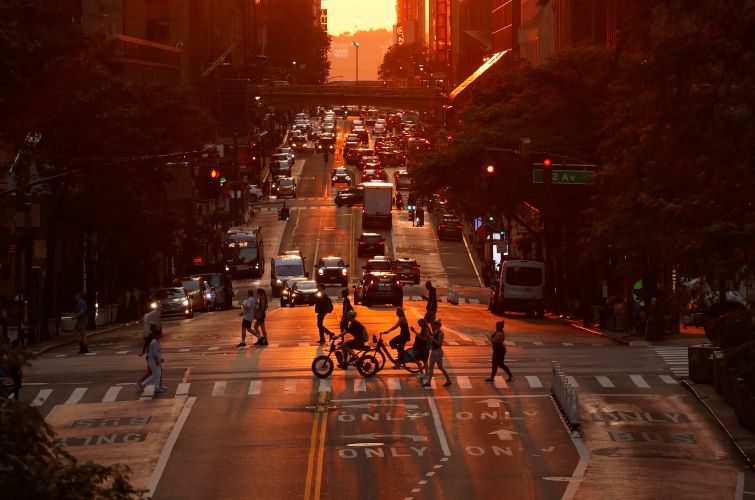For Diverse Schools, You Need Diverse Housing. Here’s How.
By Jolie Milstein August 9, 2023 2:01 pm
reprints
In light of the recent Supreme Court decision ending affirmative action in higher education, it is worth considering what options are available to the Empire State and its largest city — and critically examining the relationship between housing and education.
If the public policy goal is to ensure that people of color have similar educational opportunities to white people, then allowing them access to high-opportunity neighborhoods with high-quality schools is an effective policy solution that can be done regardless of the Supreme Court.
The Moving to Opportunity program showed that children who moved to high-opportunity neighborhoods before the age of 13 earned 31 percent more by the time they were in their 20s. But, to achieve this, we need to build a lot of affordable and mixed-income housing in wealthier areas. To have diverse neighborhoods and schools, you need a diverse supply of housing.
New York consistently ranks as one of the most segregated metro areas in the United States. This is largely a reflection of the rigid zoning policies that have prevented — or made prohibitively difficult — multifamily and affordable development in high-opportunity neighborhoods. It’s, therefore, no surprise that New York state has the most segregated school system in America.

These zoning policies and the resulting segregation have a deleterious effect on education. A recently released report by The Century Foundation showed how restrictive zoning exacerbates educational inequality in Westchester County, as white children have disproportionate access to highly funded, high-achieving schools. The communities studied by the report are not unusual. A New York University Furman Center study found that suburban neighborhoods in the state routinely fall short of their obligations under the Fair Housing Act, due to low-density zoning and restrictions on multifamily housing.
During this year’s session, state legislators failed to negotiate a statewide strategy to address this long-standing inequity and solve the housing affordability crisis. But communities can (and should) still act on their own to do the right thing.
For instance, the recent neighborhood rezonings in SoHo/NoHo and Gowanus are models for affirmatively furthering fair housing. After extensive collaboration and negotiations, these neighborhoods have adopted more inclusive zoning regulations that will result in more affordable housing. When fully constructed, SoHo will add as many as 3,500 new homes — 900 of which will be permanently affordable — and Gowanus will add up to 8,500 new homes, with 3,000 units of affordable housing.
But land use is just the first step. High property taxes on new development are a hidden form of exclusionary zoning. Any housing developer will tell you that mixed-income housing or 100 percent affordable housing is impossible without some sort of tax relief, either in the form of a tax exemption or a payment in lieu of taxes. This tax relief pays for affordable housing in a development, as shown by the New York City Department of Housing Preservation and Development’s financial study for Mandatory Inclusionary Housing: the city’s zoning tool that mandates a percentage of affordable housing in upzoned areas. We therefore need smart, statewide tax policy that enables affordable housing in every community.
Locating affordable and mixed-income multifamily housing in high-opportunity areas is a win-win. It will provide more equitable access to schools, and it will help solve our housing affordability crisis by increasing the supply of multifamily housing. And it’s something that the Empire State can do on its own.
Jolie Milstein is the president and CEO of the New York State Association for Affordable Housing.


